Can Metal Ductwork Grow Mold?
To prevent mould, fresh air should always be introduced into your dwelling daily, as it helps to regulate temperature and reduce condensation. Introducing fresh air can be as simple as having a ventilation routine, or installing extractors or PIV systems.
In this blog, we will be answering the question ‘Can metal ductwork grow mould?’
If left unattended, mould can create serious health issues, and if ductwork grows mould, it can defeat the purpose of ventilation as well as jeprodize the health of the occupants of the building.
I-Sells is here to provide the answers you need whilst also supplying you with all the information you need to combat mould and have a well-ventilated home.
Understanding the purpose of ductwork
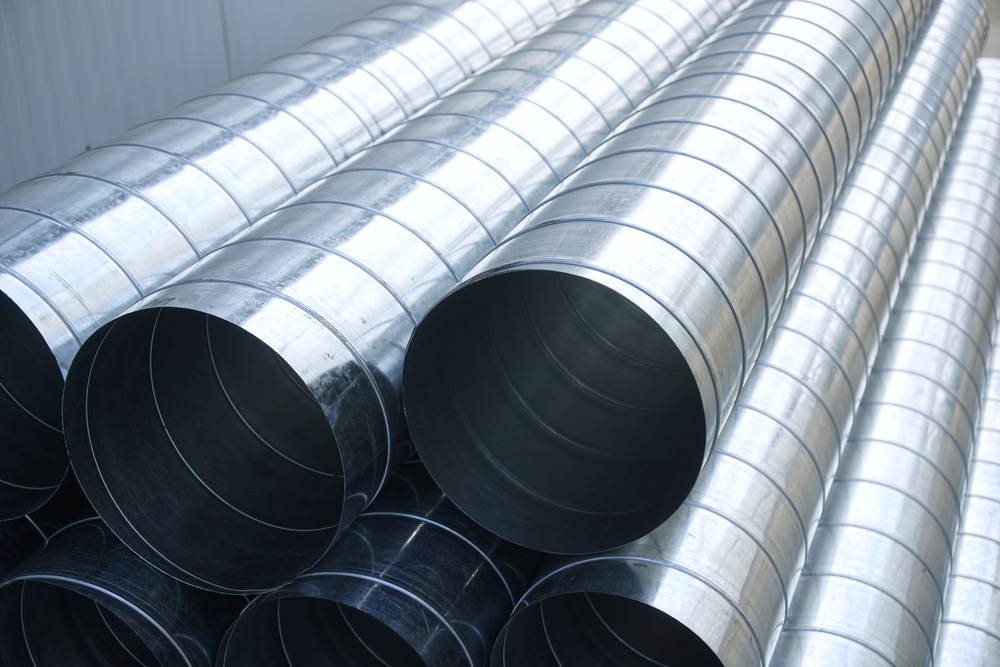
The ducting system is a series of interconnected hollow tubes dedicated to the movement of air, ducting pipes can come in different sizes and as previously mentioned, in different shapes, each of which has its benefit.
Ducting pipes can be as long or as short as required by the space it is occupying. Additionally, ducting can be created from different materials, as we will highlight below.
Ducting is used to facilitate the process of ventilation, ducting systems may vary, but generally are made from plastic or metal & made into the piping which intakes air from the room it is in & expels it outside.
The main purpose of ventilation is to introduce outdoor air into a dwelling, building or room being evenly distributed. Its general purpose is to allow “healthy” air for breathing & diluting pollutants that may be present in the dwelling, building or area.
No Ducting means more mould
Mould reproduces from tiny spores. The spores float through the air and deposit on the surfaces. Under adequate temperature, moisture, and nutrient conditions, the spores can form new mould colonies.
condensation is not the only cause of mould, it can occur from leaks in the structure of a building too. Ducting and ventilation can help prevent an environment necessary for mould to develop, along with a ventilation routine.
Mould can severely affect your immune and respiratory system, as the spores are easily breathable and not obvious to see through the human eye.
If you have found mould in your home, you need to assess if this is your landlord’s responsibility (for example it could be from a leaking roof that needs repairing). Or if the dampness is caused by improper ventilation. To assess your options, click here.
Can metal ductwork grow mould?
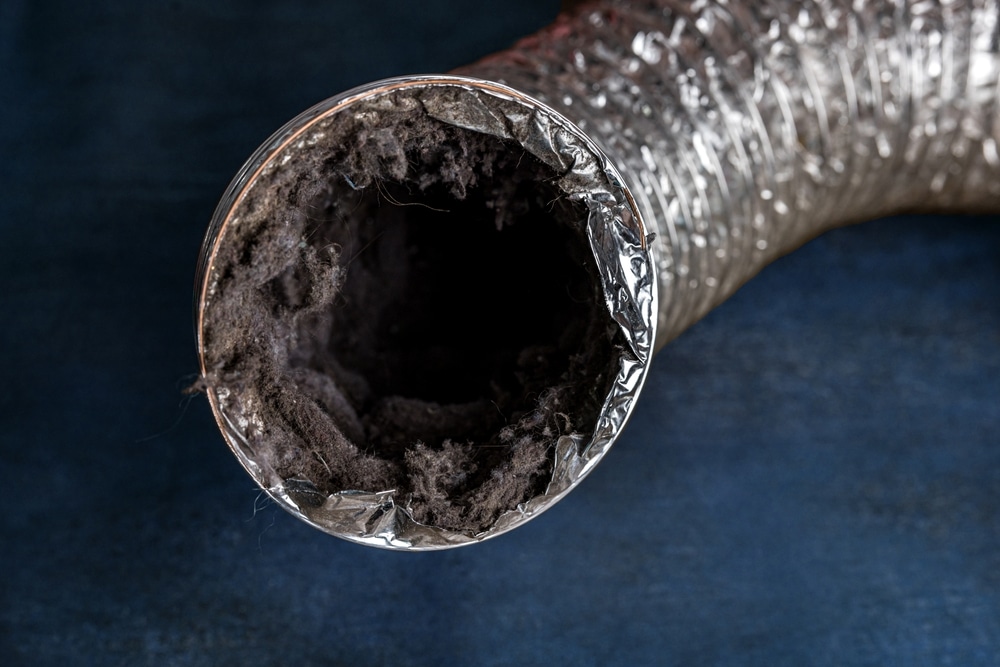
Generally, the likelihood of metal ductwork growing mould is very low. However, this can happen if certain circumstances are met. A clean, sealed duct will present an environment that mould can’t grow on, this changes with the introduction of dust & humidity.
How can mould get in a duct?
The naturally hot and dry climate within a duct naturally makes it difficult for mould to thrive. But if a duct becomes unsealed, or there is a dramatic change in the duct’s environment that causes humidity, mould can grow within it.
To prevent this possibility, you must make sure your ducting is sealed securely and free from any cracks or holes that compromise its efficiency. You must also make sure the area the ducts are installed is free from free flowing water or leaks.
What happens to a duct if it grows mould?
If ducting has mould growing within it, it presents a dangerous health hazard as the spores can spreak amongst the whole ventilation system and the dwelling it operates in. As a result you may have to completely replace the venting system/ ductwork depending on the severity.
What styles of ducting are there?
Round ducting:
Round ducting has the highest airflow performance, this is due to a wider diameter increasing its free area. The lack of corners also decreases resistance within the pipe, which allows for higher airflow rates and higher rates of ventilation.
It is recommended for most applications where space is available for installation. Its main purposes are for long ducting runs, whole-house ventilation systems, HVAC systems, bathroom, toilet and utility room extract fan venting, or any occasion where high rates of extraction are required.
Round PVC ducting pipe can be used for venting exhaust odours and steam from cooker hoods, although flexible ducting may be easier to install in many instances.
Sizes are available from 100mm, 300mm, 500mm and 600mm diameters, with sizes between these dimensions also available. Both round and flat ducting have smooth inner surfaces to reduce air resistance and noise.
Pros & Cons of Round Ducting
Pros: | Cons: |
High Airflow | Difficult to conceal |
Less friction | Poor results in low-pressure systems |
Lightweight | More expensive than flat ducting |
Corrosion-resistant |
|
Better for high-pressure systems |
|
Designed for HVAC systems |
|
Flat Channel Ducting
Square ducting (also known as flat channel ducting) is ideal when a low profile is required due to a lack of space. It can also be concealed and flush fit against ceilings and walls or within voids.
Please bear in mind that as a result of a lower free area, there is greater pressure created within a duct run. It is therefore essential that you check the manufacturer information for the fan you are planning to install within the run.
If the fan is extracting at a rate that is greater than the duct run can cope with, there is potential for the fan to overheat and burn out. This is both costly and unnecessary.
Flat channel plastic ducting is generally used for installations requiring low extraction rates such as bathrooms, toilets, and utility rooms. Sizes available from 110x54mm to 310x29mm.
Be mindful of where you place your ducting to understand what kind of ducting you need, and where its access doors will be, which are vital to maintaining the effectiveness of your ventilation by cleaning the ducting buildup at regular intervals.
Pros & Cons of Flat Channel Ducting
Pros | Cons |
Corrosion-resistant |
Creates more noise within duct run |
Lightweight |
Poor results within high-pressure systems |
Easy to flush fit and conceal | Increased air resistance |
Ideal for low-pressure applications |
|
Where can I buy ducting?
Alongside being a provider of mould solutions such as extractor fans and PIV systems, I-Sells also provide ducting for those looking to buy and install their ducting themselves.
We provide round ductwork fittings and accessories in a large range of diameters to suit all purposes including HVAC systems and extractor fans. Our metal ductwork is manufactured from high-quality galvanised Aluminium.
Our lightweight PVC coated ductwork is manufactured from high-quality uPVC and is designed to create minimal air resistance, maximum airflow and minimal pressure loss. We provide plastic ducting lengths, connectors, bends, brackets, and accessories such as reducers, attenuators and other fittings.
If you have any questions about our ducting or if it would be appropriate for your project, please don’t hesitate to get in touch with us so we can direct you in the best possible way for all of your ducting needs.
Contact I-Sells today
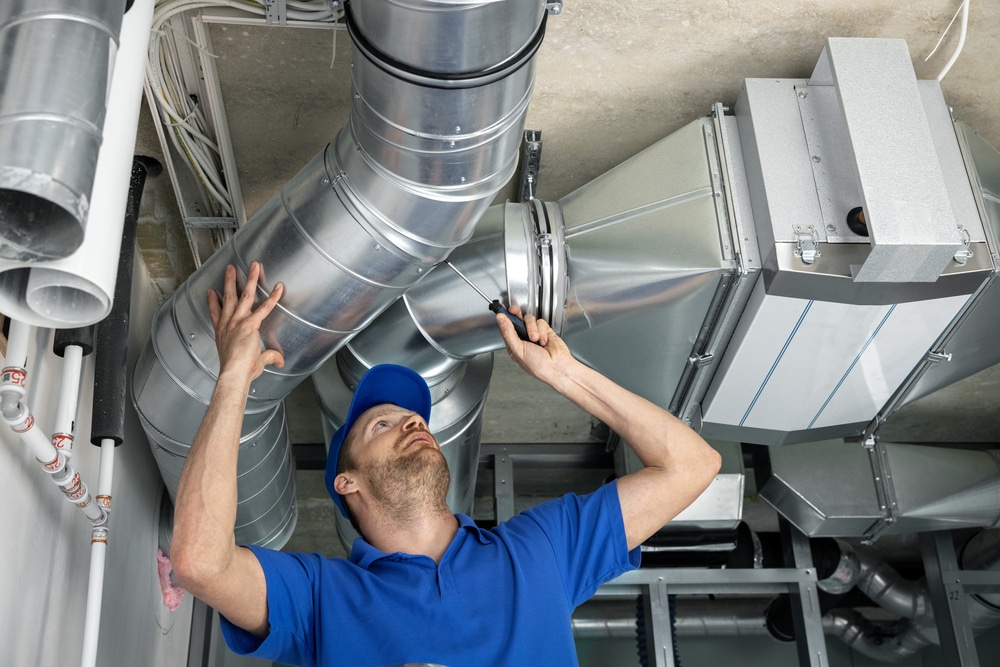
We at I-Sells endeavour to make sure our customers have all the information they need before choosing to invest in our mould solutions. Be sure to visit our blog page to gain knowledge on the wide array of factors and issues surrounding ventilation, mould, condensation, and much more.
We hope to have answered the question ‘Can metal ductwork grow mould?’
We understand you may have more questions, Please do not hesitate to contact us for more information with regard to whatever you may need our help with. If you’d like to send us an email, click here. For other contact options, see below:
Call us on 020 8463 9696
Visit us at our showroom:
*OPENING TIMES*
Monday – Friday: 8:00 am to 5:30 pm
Saturday: 9:00 am to 12:00 pm
Sunday: Closed
15 St John’s Parade
Sidcup, Kent
DA14 6ES
United Kingdom

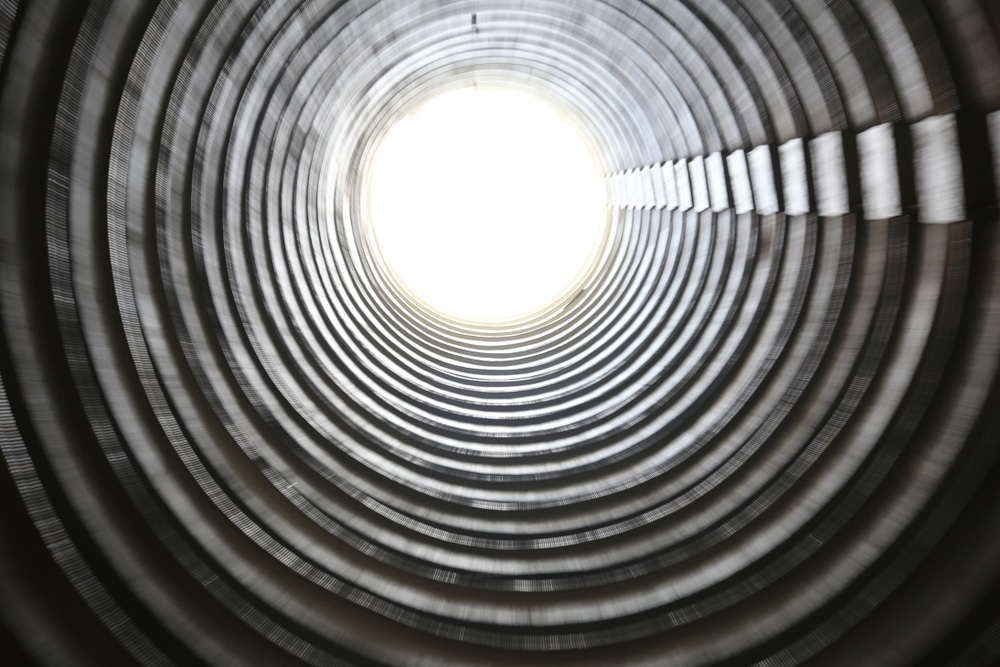
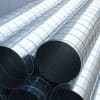
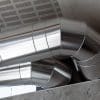
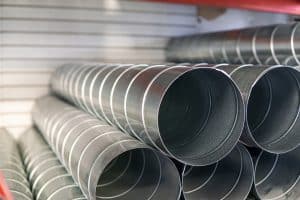
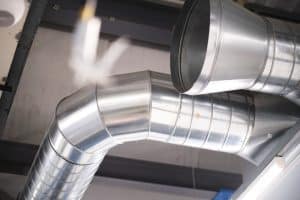

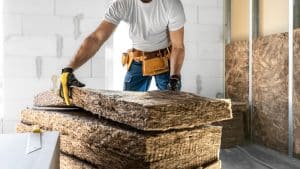
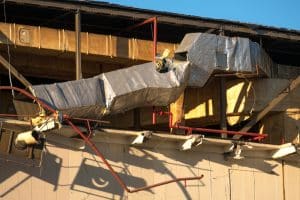




















Add comment
You must be logged in to post a comment.